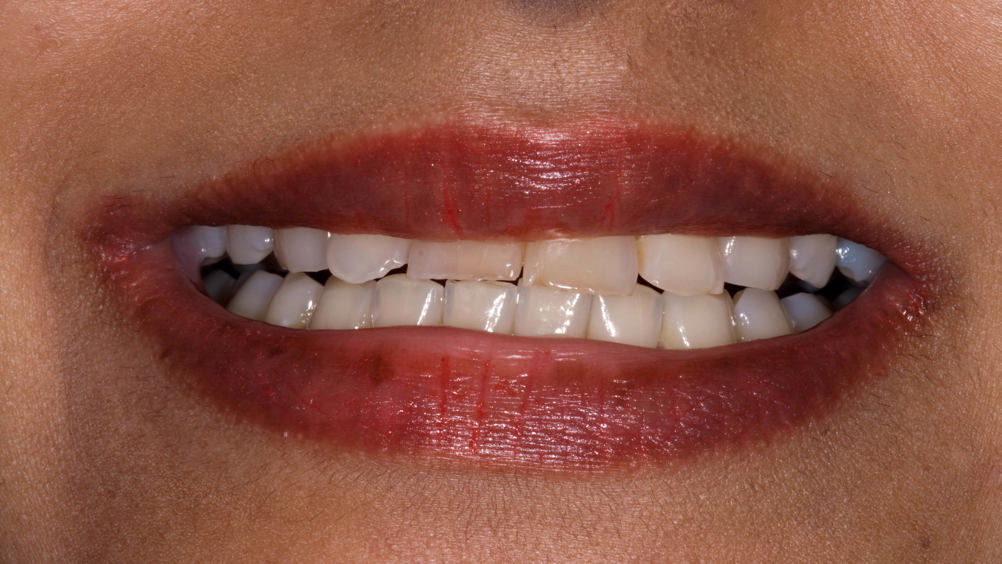Minimal intervention to achieve natural-looking results

Nishan Dixit presents a case study with a six-year follow-up. A 33-year-old female patient in good general health attended the practice complaining about the appearance of her upper anterior teeth. She was unhappy with the colour of the teeth and the fact that they were becoming thinner.
Nishan Dixit presents a case study with a six-year follow-up.
A 33-year-old female patient in good general health attended the practice complaining about the appearance of her upper anterior teeth. She was unhappy with the colour of the teeth and the fact that they were becoming thinner.
She also reported that she did not smile as much due to the way that the upper central and lateral incisors protruded outwards. The patient had undergone two unsuccessful courses of orthodontic treatment in the past, so her goal was to have an improved smile with teeth that were aligned and all of a similar colour.
Assessment and diagnosis
A comprehensive dental health examination was completed and the patient’s oral hygiene found to be of a fair standard. The patient’s soft tissues, temporomandibular joints and masticatory muscles were also assessed, but this did not reveal anything abnormal. As there was nothing untoward with the patient’s existing occlusal scheme, it was decided that a conformative approach would be taken, utilising the existing maximum intercuspal position.
Register now to continue reading
WHAT’S INCLUDED
-
Unlimited access to the latest news, articles and video content
-
Monthly email newsletter
-
Podcasts and members benefits, coming soon!

